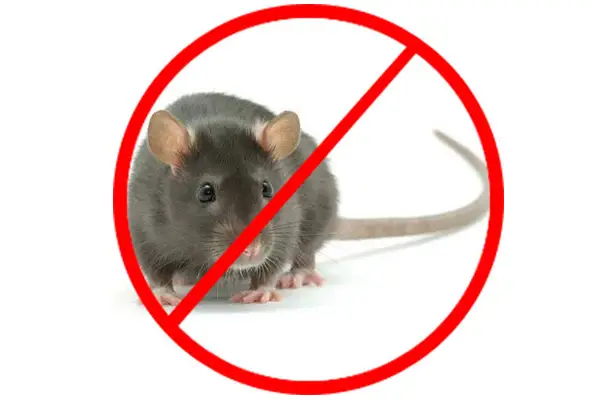What Are the Most Effective Rodent Proofing Materials in Toronto?
Rodents can be a persistent problem, especially in a bustling city like Toronto, where urban environments offer them ample opportunities to invade homes and businesses. Effective rodent control is essential to maintaining a clean and safe living space, but prevention is just as important as dealing with an existing problem. Using the right rodent-proofing materials can save you from costly extermination and repair services in the future. So, what materials work best for rodent control in Toronto?
Steel Wool: A Versatile Barrier
One of the most effective materials for rodent-proofing is steel wool. Rodents, particularly rats and mice, can chew through various materials, but steel wool is tough to penetrate. By stuffing steel wool into gaps, cracks, or holes around your property, you create a strong deterrent that keeps rodents at bay. It’s beneficial around pipes, attics, and basements, where rodents are most likely to seek entry.
Copper Mesh: A Durable Solution
For a more permanent fix, copper mesh is often recommended. Like steel wool, it is tough for rodents to gnaw through, but it also offers resistance to rust and corrosion. This makes copper mesh an excellent long-term solution for moisture-related areas, such as outdoor vents and chimneys. Many professionals in rodent control in Toronto swear by this material for its longevity and effectiveness in sealing off entry points.
Hardware Cloth: Sturdy and Flexible
Another highly effective material is hardware cloth, a wire mesh that can be installed in various parts of your home or building. Its fine grid prevents rodents from squeezing through, while its sturdy construction ensures it holds up against persistent chewing. Hardware cloth covers larger holes, vents, and other access points, providing a secure barrier that can withstand the elements and rodent pressure.
Concrete: A Solid Defense
Concrete is one of the most reliable materials for preventing rodent access to a more permanent barrier. While it’s not as flexible or easy to apply as other materials, concrete is impenetrable to rodents, making it an excellent option for sealing foundation cracks or other structural openings. It’s especially effective for areas where you want a long-lasting solution to rodent infestations. However, it’s crucial to ensure no gaps in the application, as even the slightest opening can invite rodents.
Caulking and expanding foam:
Caulking and expanding foam can effectively seal smaller gaps and cracks. Caulking is best used in spaces requiring flexibility, such as around windows or doors. Expanding foam, however, is ideal for filling irregular-shaped gaps, particularly around pipes or in hard-to-reach areas. However, it’s important to note that some rodents can chew through the foam, so it’s often used with other materials like steel wool or copper mesh to enhance effectiveness.
Metal Sheeting: A Robust Shield
Metal sheeting can also be an excellent choice for covering larger openings or vulnerable areas, such as around basement windows or lower exterior walls. Rodents find metal sheeting nearly impossible to chew through, offering a robust shield against entry attempts. While it may require more work to install compared to other options, its effectiveness makes it worthwhile, particularly for areas prone to repeated infestations.
Rodent-Resistant Insulation:
Insulation is often a target for rodents, as it provides a warm, hidden space where they can nest. However, some newer types of insulation are specifically designed to be rodent-resistant. These materials include additives that repel rodents, making them less likely to chew through the insulation or make a nest inside your walls. Using rodent-resistant insulation is a proactive step in protecting your home from infestations, particularly in attics and crawl spaces.
Vinyl and Rubber Materials: Great for Sealing Doors and Windows
Rodents often enter homes through poorly sealed doors and windows. Weatherstripping made from tough materials like vinyl or rubber can be an excellent solution to prevent these tiny intruders. These materials not only close off entry points but also improve energy efficiency in your home, making them a win-win solution for rodent-proofing.
Effective rodent control in Toronto begins with suitable materials. From steel wool to copper mesh, these rodent-proofing solutions create an almost impenetrable barrier to keep these pests out. Implementing these materials in critical areas like doors, windows, and foundations ensures that your home or business remains rodent-free for the long term. Taking a proactive approach to rodent-proofing saves you time and money and provides peace of mind in a city where rodents are a common problem.


Comments
Post a Comment